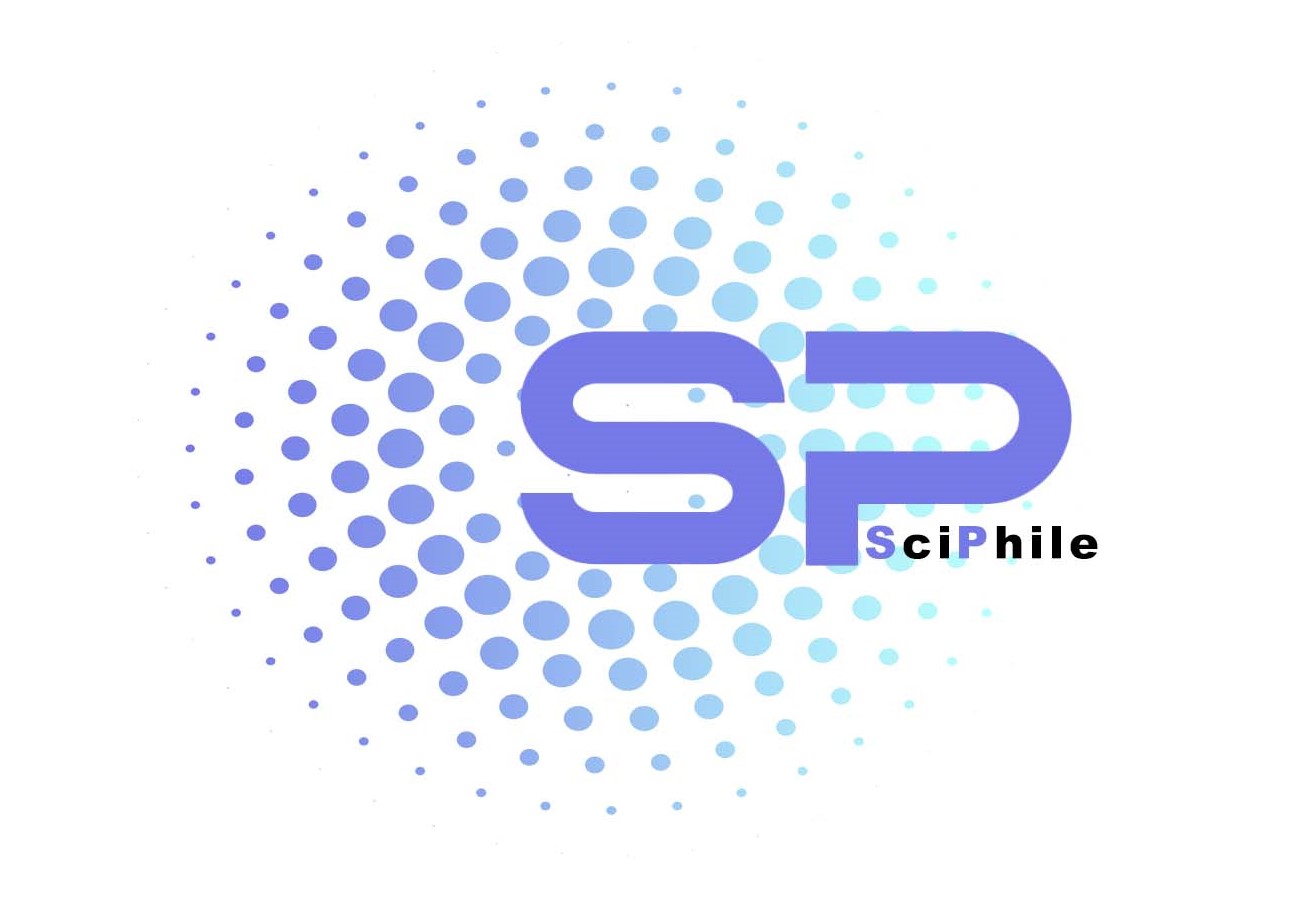The Effectiveness of Eye Movement Desensitization and Reprocessing (EMDR) in Reducing Anxiety in COVID-19 Patients Admitted to ICU
Keywords:
Desensitization, Eye movement, Anxiety, COVID-19Abstract
Background and Aim: The Eye Movement Desensitization and Reprocessing (EMDR) is an effective way to help those who suffer from problems caused by traumatic experiences, anxiety, unpleasant memories, post-traumatic stress disorder, grief, and other types of emotional problems. The present study aimed to evaluate the effectiveness of eye movement desensitization and reprocessing (EMDR) in reducing anxiety in COVID-19 patients admitted to ICU. Methods: The present study was a single-case experimental design with a multiple baseline design. The statistical population consisted of COVID-19 patients admitted to the ICU of Imam Khomeini Hospital in Tehran, and six of them were selected by a purposive voluntary method. The participants were treated individually for six forty-five-minute sessions of Shapiro Eye Movement Desensitization and Reprocessing (EMDR) (2014) and were evaluated at each stage using the Spielberger anxiety inventory (1983). Results: Data were analyzed using the visual drawing method, the reliable change index, and the recovery percentage formula. The results indicated that the Eye Movement Desensitization and Reprocessing (EMDR) could have a significant effect on reducing anxiety symptoms in hospitalized COVID-19 patients. Conclusion: The Eye Movement Desensitization and Reprocessing (EMDR) could be an effective treatment in reducing anxiety symptoms in facing COVID-19
Downloads
Downloads
Published
Issue
Section
License
Copyright (c) 2021 Maziyar Jelveh (Author)

This work is licensed under a Creative Commons Attribution-NonCommercial 4.0 International License.




































